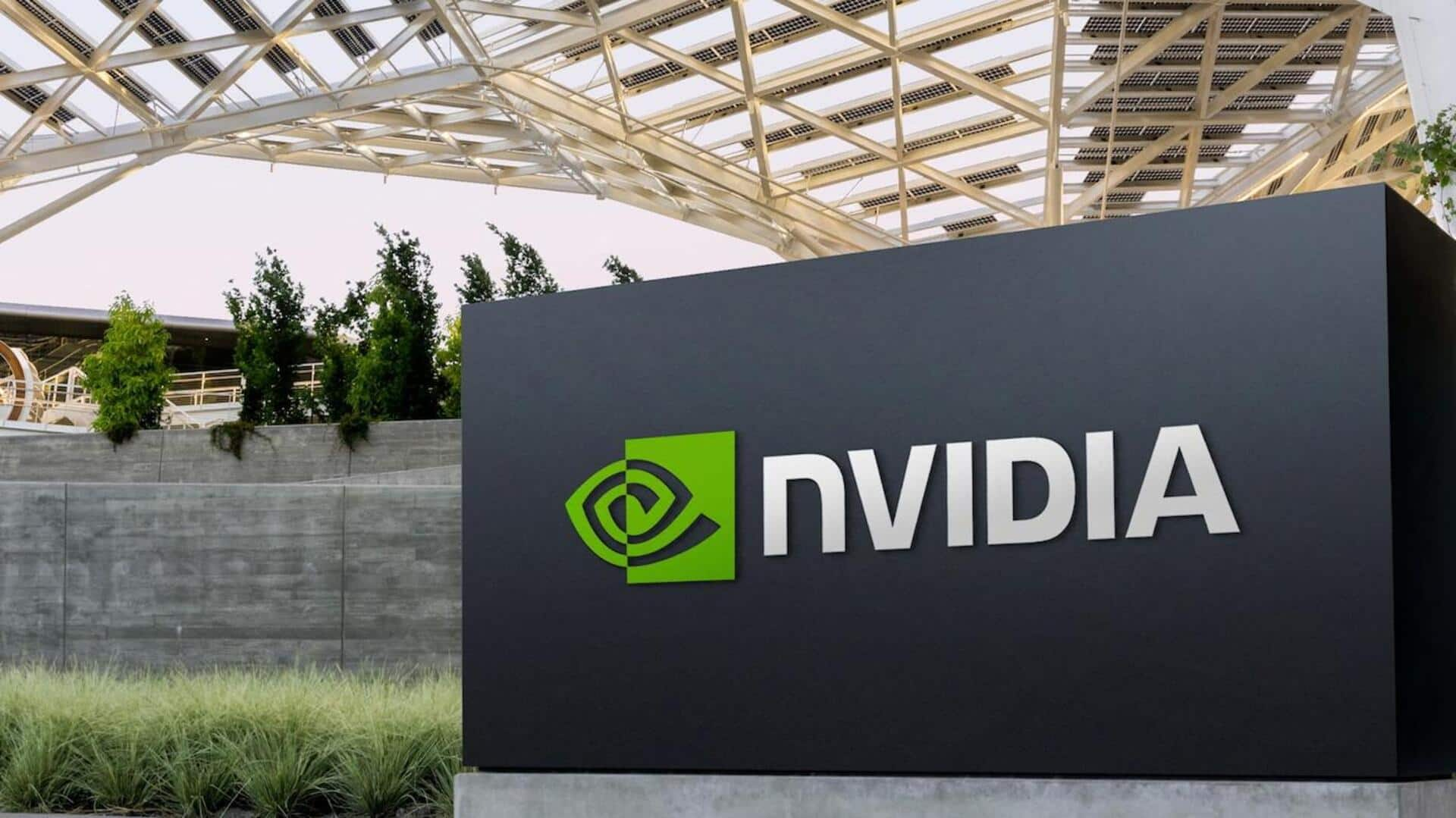
Why NVIDIA's $25bn share buyback has investors scratching their heads
What's the story
NVIDIA's announcement of a $25 billion stock buyback has left some investors puzzled, given the company's strong second-quarter report.
Buybacks are typically more favorable when a stock appears undervalued, which is not the case for NVIDIA. The company has seen a 220% increase in stock value this year alone.
In the past, tech giants like Apple, Alphabet, and Meta have announced even bigger buybacks of $90 billion, $70 billion, and $40 billion, respectively.
Details
Some investors think NVIDIA should reinvest
Some investors argue that NVIDIA should reinvest its earnings into further growth rather than repurchasing shares, considering the company's impressive performance and high valuation.
However, others suggest that NVIDIA's investment options may be limited after its deal to acquire Arm Holdings collapsed last year.
Tech companies generally prefer buybacks over dividends, as it gives them more flexibility. If they offer dividends every quarter, they may not be able to take advantage of growth opportunities.
What Next?
NVIDIA's buyback yield is lesser than S&P 500 average
NVIDIA's shares trade at 45 times above the 12-month earnings estimates, significantly higher than the S&P 500's 19 times. This high valuation raises questions about the rationale behind the company's buyback decision.
However, NVIDIA's buyback yield is only 2.1% of its nearly $1.2 trillion market value, which is less than the historic 2.58% buyback yield for the overall S&P 500.
Meanwhile, some investors view NVIDIA's buyback as a show of confidence in the company's future prospects.